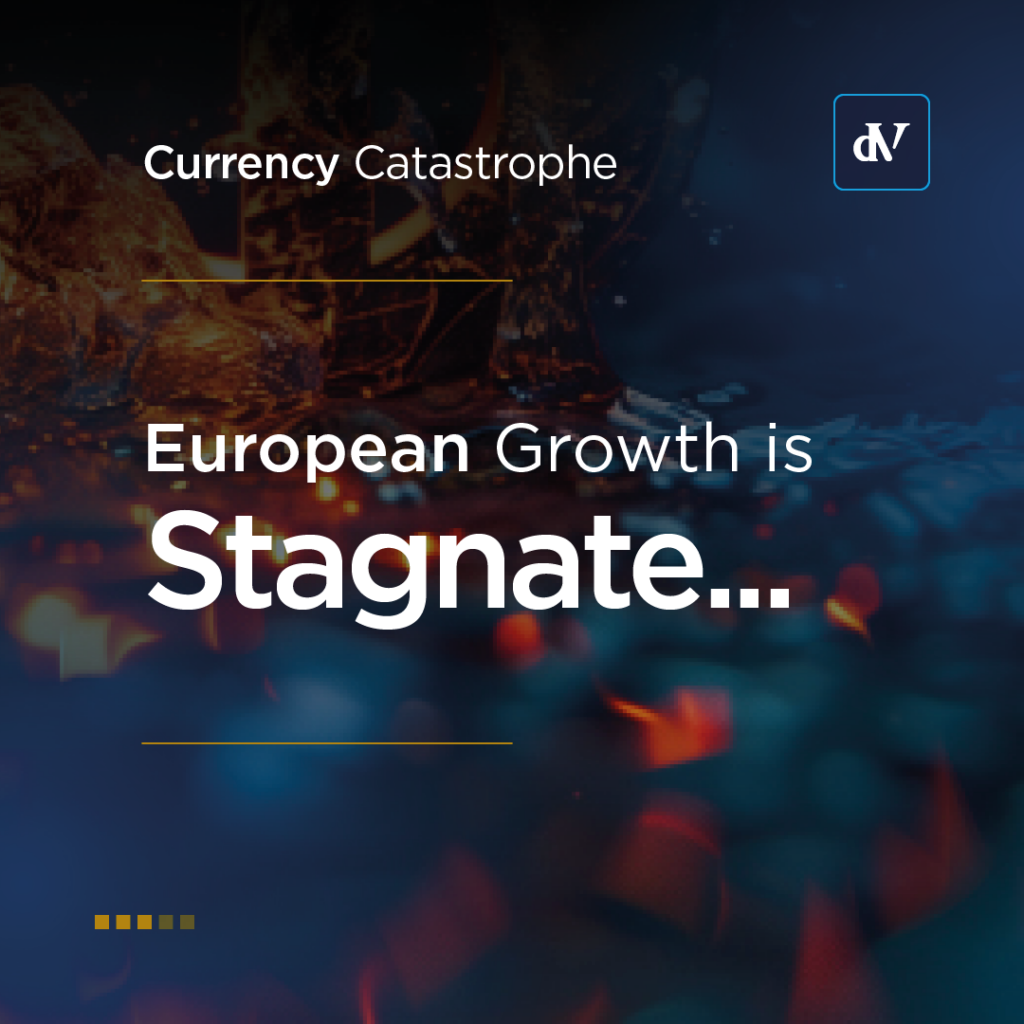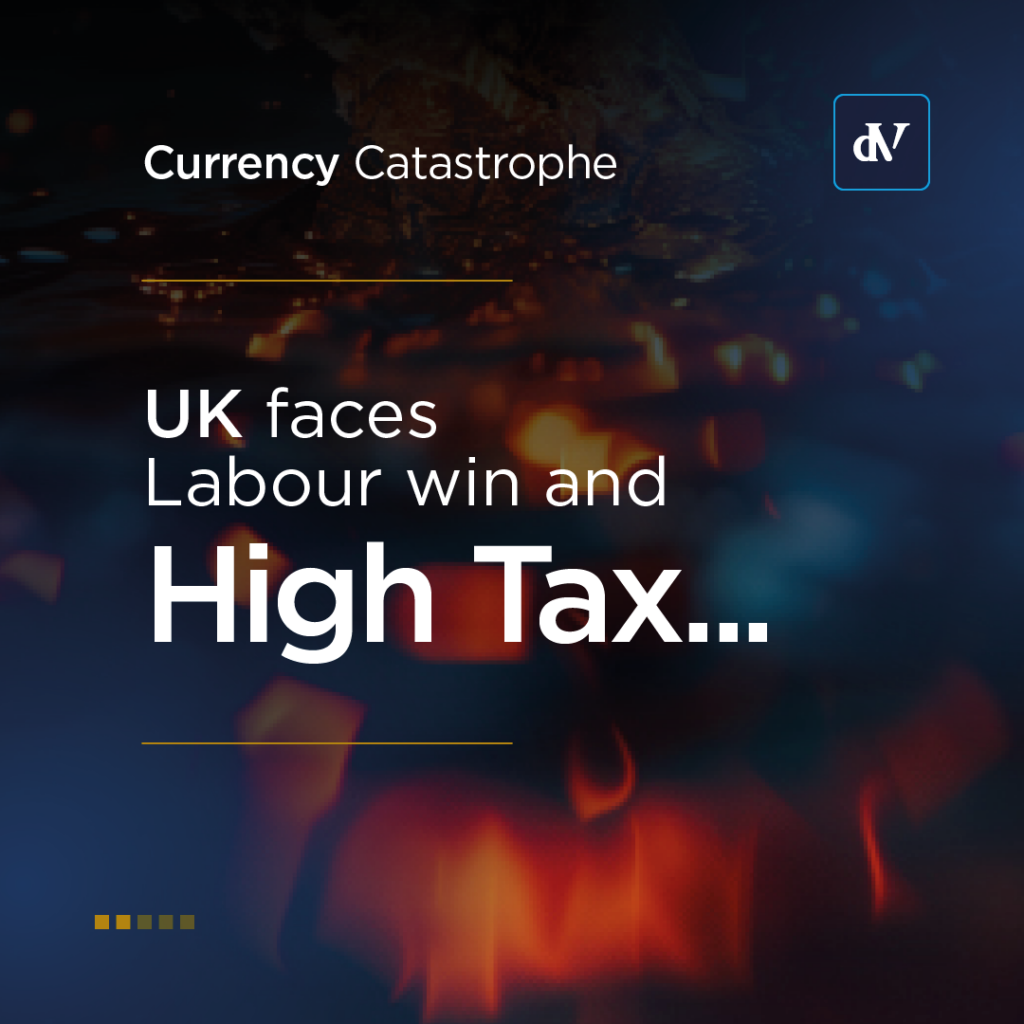|
Getting your Trinity Audio player ready...
|
Why is the gold price rising?
Gold prices reached a record high on Monday (April 8), continuing a surge which had been ongoing since the beginning of February. The precious metal has jumped more than 6 per cent in the last 30 days, and is worth almost 17 per cent more than it was this time last year. The majority of analysts now reportedly predict gold prices will continue to climb over the coming months, with some predicting a peak in the second half of 2025. The commodity’s upward climb has left many to ask, why is the gold price rising, and should I buy it?
China bolsters its gold reserves.
Helping to drive up the price of gold is China’s central bank, which has been on a 17-month gold “buying spree”. As per reporting by Bloomberg, the latest figures show the People’s Bank of China now holds 7.4 million troy ounces of gold in March, a 0.2 per cent increase on the previous month.
According to an analysis by DW, China’s purchases represent a quarter of all the gold purchased by central banks globally last year – with Chinese households also said to be taking part in the gold rush as the country’s stock market slumps, making them the ‘world’s heaviest gold buyers.’
China’s growing gold horde is seen as part of its challenge to the US dollar as the world’s second-largest economy looks to move away from reliance on the American currency. By distancing itself from the US dollar, China effectively looks to protect itself from leverage which could be imposed by Washington.
Is gold a good buy now?
Gold “represents an opportunity right now,” says Nigel Green, CEO of deVere. Citing moves by China and the BRICS group toward de-dollarisation, Mr Green said the gold rally had yet to run out of road. Commenting he said:
“Right now, we see the Fed’s interest rate is at a high, but people know the Fed is going to reduce rates in the future. So, what’s the point in holding dollars and getting an interest rate now when you know that’s going to fall?”
Weighing in on the dollar’s depreciation, Mr Green blamed the injection of more dollars into the economy, with the US government reportedly ‘printing’ $100 Billion every month. He added:
“Why is the dollar depreciating? Well, whilst the Fed has got interest rates high, the government has insisted on adding more dollars to the economy. Why? There’s an election coming up – and I don’t think it’s going to change afterwards.”
Gold has already beaten some analyst’s predictions this year, while others predict an extended climb in price until as late as next year. A March analysis by CBS Money Watch concluded:
“Based on recent trends, gold’s value may only increase short term. So, while today’s price of $2,167.58 per ounce (as of March 25) may seem elevated, it could prove to be beneficial when stacked against a $2,300 cost per ounce in the months or years to come.”
Gold assured through uncertainty.
During periods of geopolitical instability, the price of gold tends to rise as investors and consumers put their faith in tangible assets rather than fiat currencies.
Gold is considered a ‘safe-haven asset’. When geopolitical tensions rise, or there’s economic uncertainty, investors often seek refuge in assets that are perceived as stable and reliable stores of value. Gold has a long history of being such an asset. Its intrinsic value and limited supply make it resilient to fluctuations in currency values and geopolitical upheavals.
A heightened uncertainty, fuelled by the extant conflicts in Ukraine and Israel, as well as wider tensions between the US, China, and Russia, are no doubt helping to fuel demand for gold, causing its price to rise.
What’s more, when governments pump money into flagging economies, the inflationary pressures on their currencies again demonstrate gold’s time to shine. Measures such as quantitative easing can result in currency devaluation – and in turn, investors looking to gold as a hedge against inflation and currency depreciation.
Furthermore, global instability often leads to volatility in financial markets. In volatile market conditions, investors seek assets with low correlation to traditional investments like stocks and bonds. Gold, with its independent price movement, serves as an effective diversification tool in investment portfolios, further boosting its demand and price.
How high will gold go?
According to one prediction, gold prices could climb to more than $3,000 by the end of 2025 – that’s according to Dr Ed Yardeni of Yardeni Research. Business Insider reports that in a note to investors, Yardeni said there was a scenario in which gold valued at as much as $3,500 per ounce was a realistic scenario. He said:
“Another wage-price spiral attributable to rising oil prices would be very reminiscent of the Great Inflation of the 1970s when the price of gold soared. In this scenario, $3,000-$3,500 per ounce would be a realistic target for gold through 2025.”
It was a view echoed by the economist David Rosenberg, who said the commodity could yet increase in value by as much as 30 per cent. As per Market Insider Rosenberg said there were two likely scenarios – with gold rising in either case. He said:
“Downside risk to the gold price is limited, but there is a lot more room to rise. It’s far more likely that gold reaches $3,000 per ounce than falls back to $1,500,”
However, not all analysts are quite so bullish – while ING revised their projections upward following Monday’s rally – their prediction was a far more conservative $2,206 per ounce average in 2024. In an April 8 report, ING said it expected gold prices to peak in Q4 2024:
“We have revised our 2024 gold forecast higher, and we now expect prices to peak in the fourth quarter, averaging $2,300/oz. We expect an average of $2,206/oz in 2024 on the assumption that the Fed starts cutting rates in the second half of the year, the dollar and yields weaken, and geopolitical risks continue to support. Downside risks revolve around US monetary policy and dollar strength. The higher-for-longer narrative could see a stronger dollar for longer and weaker gold prices.”
A dissenting voice among analysts was ‘veteran analyst’ Bob Parker, who speaking to CNBC after Monday’s rally warned of ‘minimal upside’, saying the commodity was “very vulnerable to a setback”. Speaking to the network’s Squawk Box programme, Parker said much of the price increase could be attributed to what he dubbed the ‘catch-up effect’ as the asset makes up for last year’s underperformance.
What are the pros and cons of investing in gold?
One of the primary advantages of investing in gold is its role as a hedge against inflation. Gold has historically maintained its value over time, often outperforming fiat currencies during periods of economic uncertainty or high inflation. Unlike paper currencies, which can be devalued by government policies or economic instability, gold’s scarcity and intrinsic value provide a reliable store of wealth that can help preserve purchasing power over the long term.
Additionally, gold serves as a diversification tool within investment portfolios. Its price movements typically exhibit a low correlation with traditional assets like stocks and bonds, meaning that gold can help reduce overall portfolio risk by providing a buffer against market volatility. By allocating a portion of their assets to gold, investors attempt to improve the risk-adjusted returns of their portfolios and mitigate the impact of adverse market conditions.
Moreover, gold is a globally recognised and liquid asset, making it easy to buy, sell, and trade in various markets around the world. This liquidity ensures that investors can quickly convert their gold holdings into cash when needed, providing financial flexibility and access to capital during times of urgency or opportunity.
Another advantage of investing in gold is its psychological appeal. Gold has a long-standing reputation as a symbol of wealth, prestige, and stability, evoking a sense of security and confidence among investors. This psychological factor can contribute to increased demand for gold during times of economic uncertainty or geopolitical tension, further supporting its price and investment appeal.
However, investing in gold also comes with certain drawbacks that investors should be aware of. One of the main criticisms of gold as an investment is its lack of intrinsic yield. Unlike dividend-paying stocks or interest-bearing bonds, gold does not generate any income or cash flow for investors. As a result, holding gold can be costly over the long term, as investors miss out on potential income-generating opportunities available in other asset classes.
Furthermore, the price of gold can be highly volatile, subject to fluctuations driven by factors such as changes in investor sentiment, macroeconomic trends, and geopolitical events. While volatility can present trading opportunities for some investors, it can also lead to significant price swings and short-term losses for others. Therefore, investors should carefully assess their risk tolerance and investment objectives before allocating capital to gold.
Additionally, investing in gold carries certain storage and security costs. Unlike financial assets held in brokerage accounts or investment funds, physical gold requires secure storage facilities, insurance coverage, and ongoing maintenance to protect against theft, damage, or loss. These additional expenses can erode the overall return on investment and should be factored into the decision-making process.
It is always prudent to take financial advice before making any investment decision.
Where will gold go in 2024?
Recent surges in the price of gold have left many analysts feeling bullish, with most predicting continued gains for the commodity in the coming months. Several factors have contributed to this upward trend, including China’s aggressive gold buying, geopolitical tensions, and concerns about inflation and currency devaluation.
As a safe-haven asset, gold has historically thrived during times of uncertainty, attracting investors seeking refuge from volatile financial markets and depreciating fiat currencies – so it’s not surprising to see it thrive in these turbulent times.
As investors weigh the pros and cons of gold investment, it’s crucial to consider their individual financial goals, risk tolerance, and the broader economic landscape. While gold can serve as a valuable hedge against inflation and a portfolio diversification tool, it also presents challenges and uncertainties that require careful evaluation.
The outlook for gold could hang on the latest inflation data coming out of the US, with lower-than-expected price rises having the potential to put a slight damper on the gold rally.
However, demand-side pressures, in particular from China and other emerging economies will continue to exert upward pressure on the value of the scarce commodity. Investors will also be paying close attention to what the Federal Reserve does with interest rates – with many investors still reportedly ‘waiting on the sidelines – there is still scope for demand to increase further.




